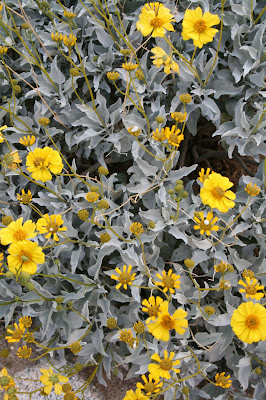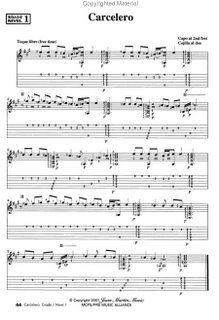 Renata’s Diary
Renata’s Diary
February 24, 1883 In the afternoon, when I got back to the convent, Teresa and I escaped up to the baked hillside behind the convent.
There we spread a blanket and sank beneath the blue sky and our beloved live oak tree. A hot breeze was blowing. I so much wanted to take off my veil. I didn’t. We sat there, in the shade, and Teresa surprised me with a canteen of freshly squeezed lemonade that she’d made me.
Then I made her read Antonie’s pages. I made her read “
Renata Dancing." I made her read "
Roseblade.”
When she finished, those normally cheerful blue eyes of hers were muddied and solemn.
“Oh Renata.” She took my hand. “He…your cousin is going to destroy you with these lies for sure.”
“Yes, I fear he will. But what am I to do?”
She gazed out to the golden hillside, still holding onto my hand. And slowly she shook her head.
“I don’t know that there is anything that can possibly help. But one thing you must absolutely do.” The deep blue sky color sailed back into her eyes. “Record everything that happens. Write it all down. Leave out nothing, not a single detail.”
I nodded. “God knows, I am writing in the diary every blessed day.”
“Yes, yes. You must continue.” She stood. “And one other thing you could do. Remember I told you to write the story of how things were when the two of you were growing up?”
“Yes. I remember. And I have considered it. But how is writing such a history going to help?”
“You will see for yourself, and show others too, how the past, your past with Antonie, has shaped things. You will see how things have come to be the way they are.”
I considered her. Usually such a jolly soul, Teresa was wholly serious today.
“Yes, I suppose it can’t hurt,” I said.
“And now Renata, I’ve got to head back. Mother Yolla instructed me at lunch to attend to the henhouse today and I dare not show up to supper without having done it, or I will pay dearly.”
“Oh yes, of course, and I’ll come, I’ll help,” I said, standing. But she stopped me.
“NO.” She held up one hand in commandment. “You my dear sister, you are going to sit down and write.”
“But it might wait, I could…”
“NO.” Another hand up. “You must write in the diary. Right now. Open straight to a clean page. And begin. Write about your cousin and you. In the old days, when you first came. Maybe buried in your words you will see, if there were clues, already, back then.”
I watched her retreat down the hillside. She held the dark skirt of her habit wide, and as she loped down the hill, the hot air shimmered, and she was a ghostly figure, there on the hill.


 By Claudia Ricci
By Claudia Ricci













 Arrived in San Diego last night in the wind and rain, but this morning the sun came out and we saw a rainbow over the city. We are staying on Coronado Island.
Arrived in San Diego last night in the wind and rain, but this morning the sun came out and we saw a rainbow over the city. We are staying on Coronado Island.
 Flamenco feeds the soul. It is deeply spiritual, mysterious and gut wrenching. Its exact origins are unclear. The music emerged in the southern Andalusian landscape of Spain after traveling out of India with the gypsies. Like the Jews and the Moors, gypsies suffered continual persecution, and lived for centuries in perpetual fear of pogroms and expulsions.
Flamenco feeds the soul. It is deeply spiritual, mysterious and gut wrenching. Its exact origins are unclear. The music emerged in the southern Andalusian landscape of Spain after traveling out of India with the gypsies. Like the Jews and the Moors, gypsies suffered continual persecution, and lived for centuries in perpetual fear of pogroms and expulsions. out of its red velvet case, and held it in my lap. I felt happy. And soon she had my fingers on the strings, and my arms didn’t hurt, and I played. I played. I played.
out of its red velvet case, and held it in my lap. I felt happy. And soon she had my fingers on the strings, and my arms didn’t hurt, and I played. I played. I played.